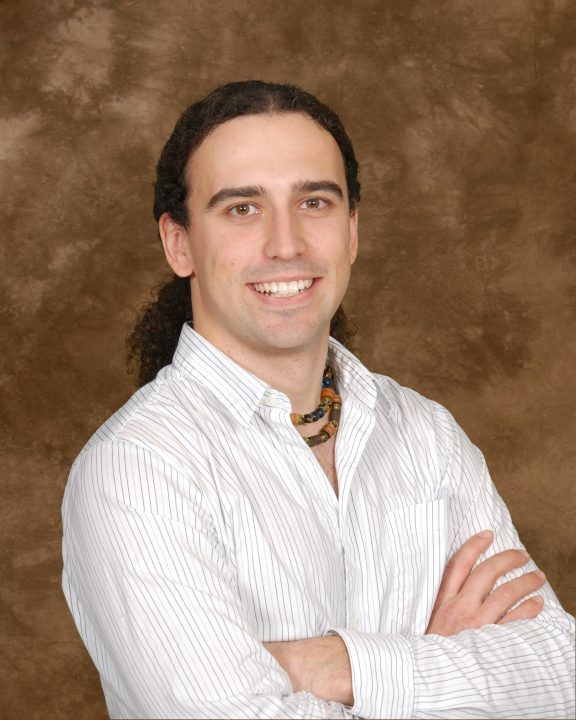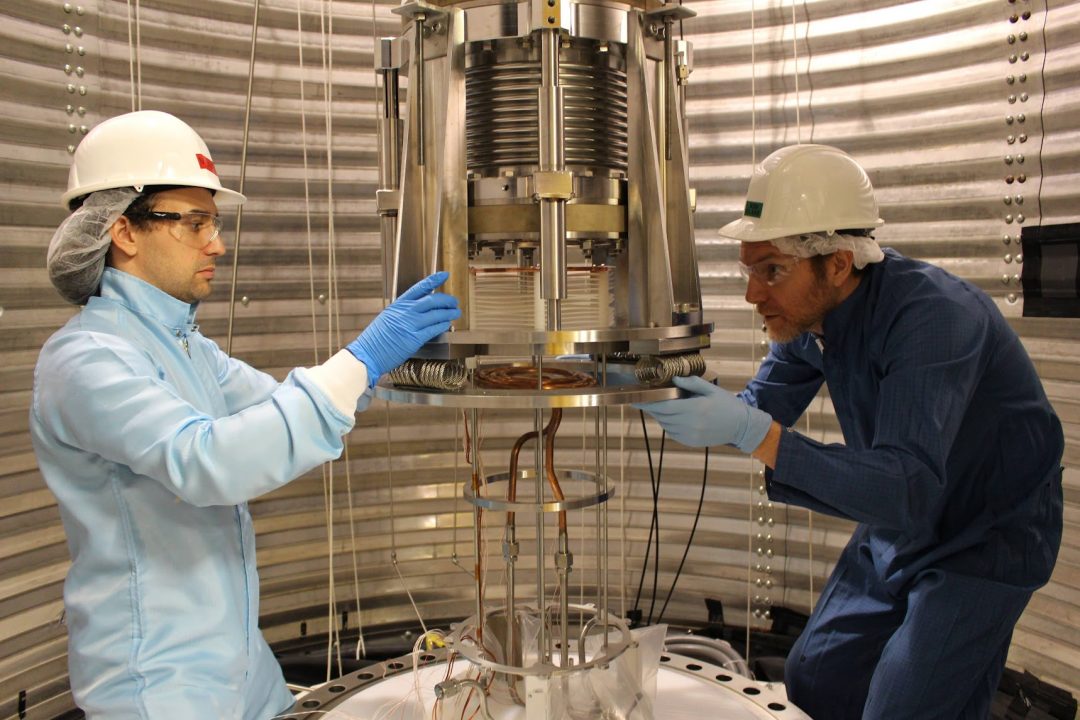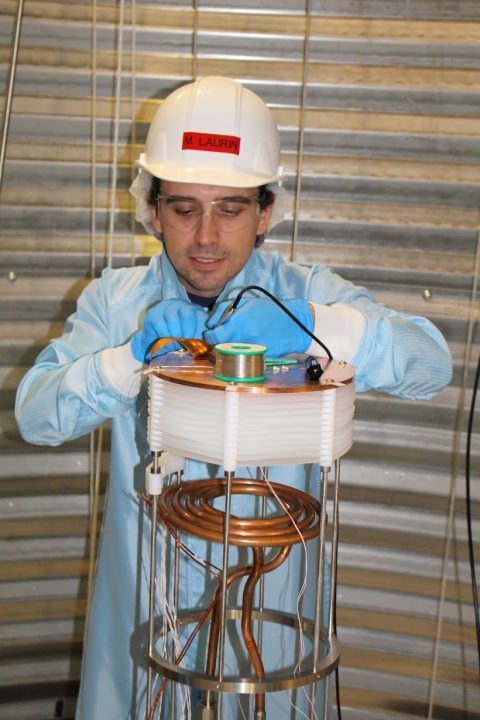Mathieu Laurin, Ph. D. (he/him)
Université de Montréal
Research scientist, Particle Astrophysics
Contact Information
Email: Mathieu.laurin@umontreal.ca
LinkedIn: https://www.linkedin.com/in/mathieu-laurin-0bab1920/

About
I come from a small town in the eastern townships of the province of Québec. I always wanted to understand how things work. At a young age, I was dismantling everything in the house to try to figure out its mechanism. When I discovered physics in high school, I knew that was what I wanted to do. After completing a B.Sc. in Physics at Université de Sherbrooke in 2005 in the coop program, I started an M.Sc. at Université de Montréal with the Picasso experiment in 2009 under Prof. Viktor Zacek. One year later, I switched directly to Ph.D., transitioning from Picasso to PICO experiment. I specialized in detector R&D, building and operating several prototypes as well as operating the Université de Montréal accelerator beam. In 2016, I completed my Ph.D. and then became a postdoctoral fellow for the PICO experiment. I was hired as a research scientist at Université de Montréal 6 months later, affiliated with the MI under Prof. Alan Robinson

I am currently part of the PICO experiment, where I act as the lead detector designer. I’m working on the PICO-500 and PICO-40L detectors as well as the PICO-0.1 test chamber. For the SBC experiment, I serve the same function for the 10L argon chambers. Some of my side tasks include making beam instrumentation for our Tandem accelerator and managing our local machine shop.

My main research interest is low background experimental physics. I’m focused on designing, improving and fabricating bubble chambers. Being part of the PICO and SBC collaborations, our goal is to discover dark matter using various types of bubble chambers employing different active fluids.
I’m also interested in particle accelerator physics. Using the Université de Montréal accelerator facility, our group is calibrating low background test chambers as well as designing and building beam instrumentation.

I design, build and test bubble chambers for dark matter searches. My day-to-day tasks are mechanical engineering, electronics, coding, simulations, construction and data analysis.
The Université de Montréal accelerator facility is used to calibrate low background detectors using our mono-energetic neutron beam. This is helpful to inform our designs for big bubble chambers. For dark matter searches, all our main chambers are or will be located underground at SNOLAB to run for several years of data taking. Fermilab is also a major player for the SBC experiment, where the 10L detector is tested and will be used for CEvNS searches.
Recent Publications
“Snowmass 2021 Scintillating Bubble Chambers: Liquid-noble Bubble Chambers for Dark Matter and CEνNS Detection”, The SBC collaboration, arXiv:2207.12400
“Results on photon-mediated dark-matter–nucleus interactions from the PICO-60 C3F8 bubble chamber”, The PICO collaboration, Phys. Rev. D 106, 042004
“Data-driven modeling of electron recoil nucleation in PICO C3F8 bubble chambers”, The PICO collaboration, Phys. Rev. D 100, 082006
“Dark matter search results from the complete exposure of the PICO-60 C3F8 bubble chamber”, The PICO collaboration, Phys. Rev. D 100, 022001
